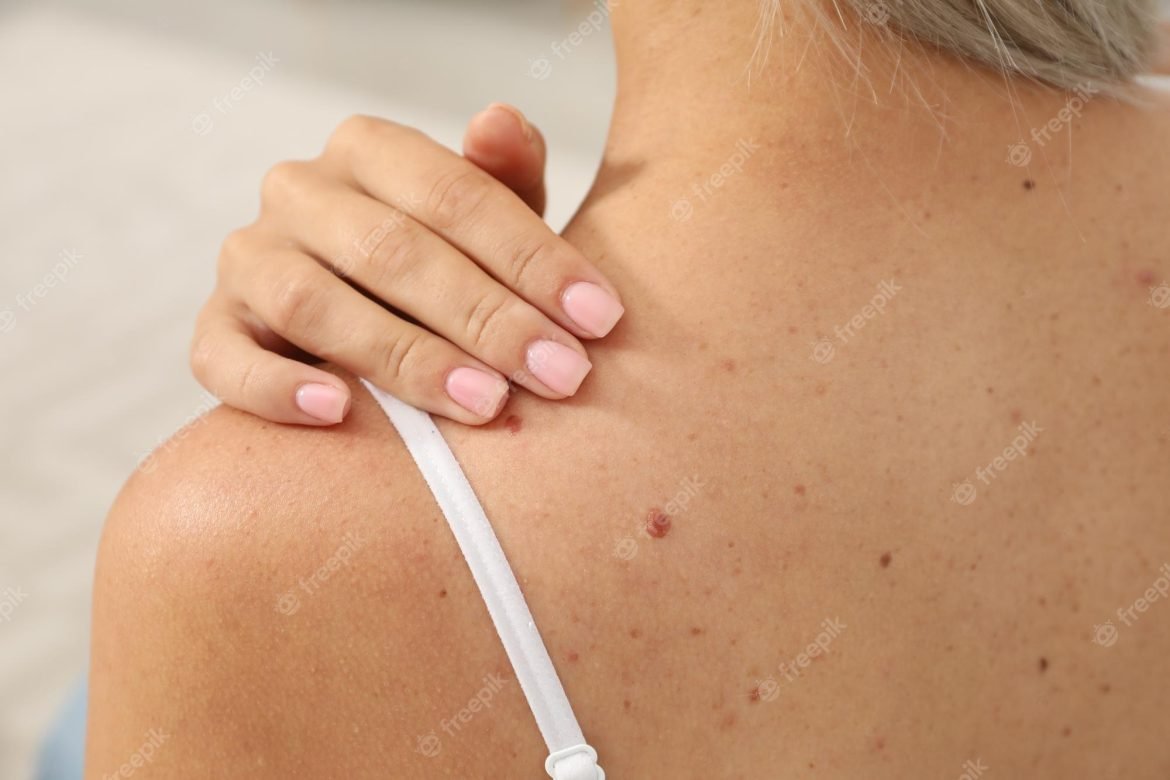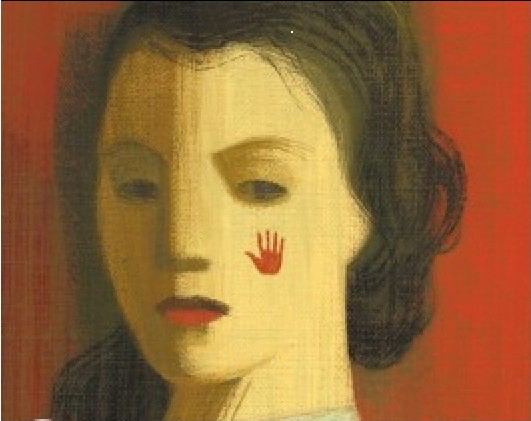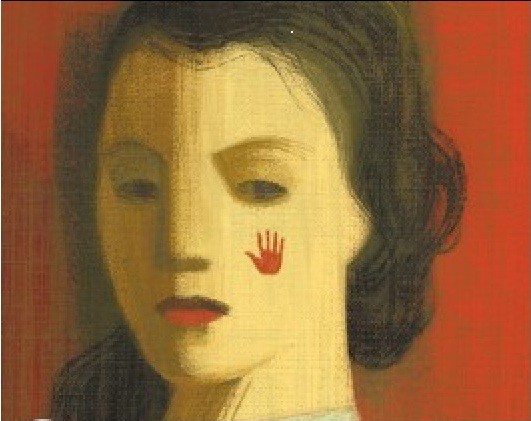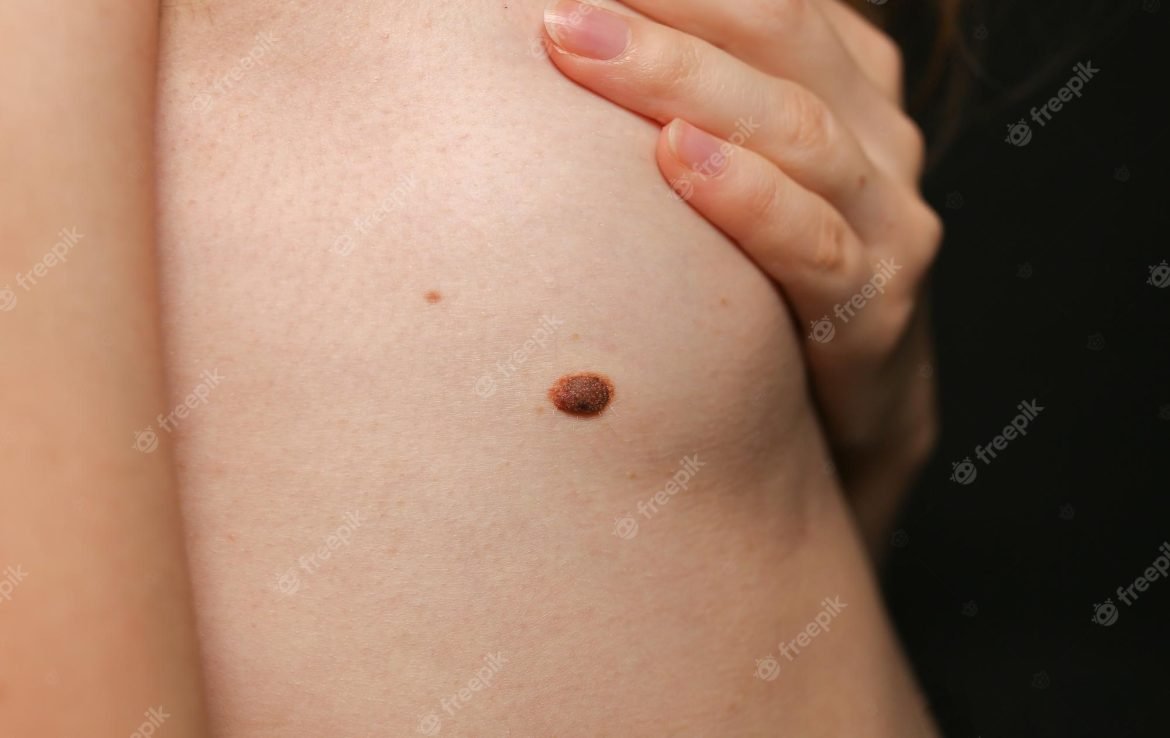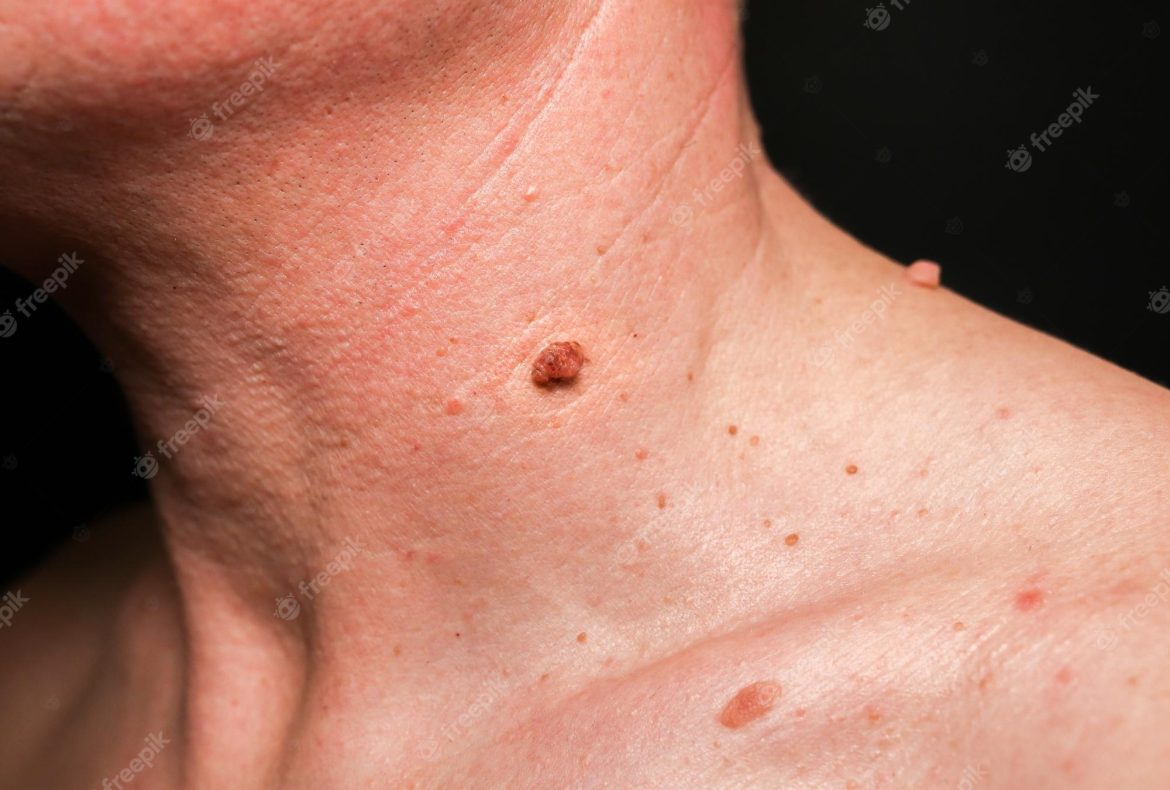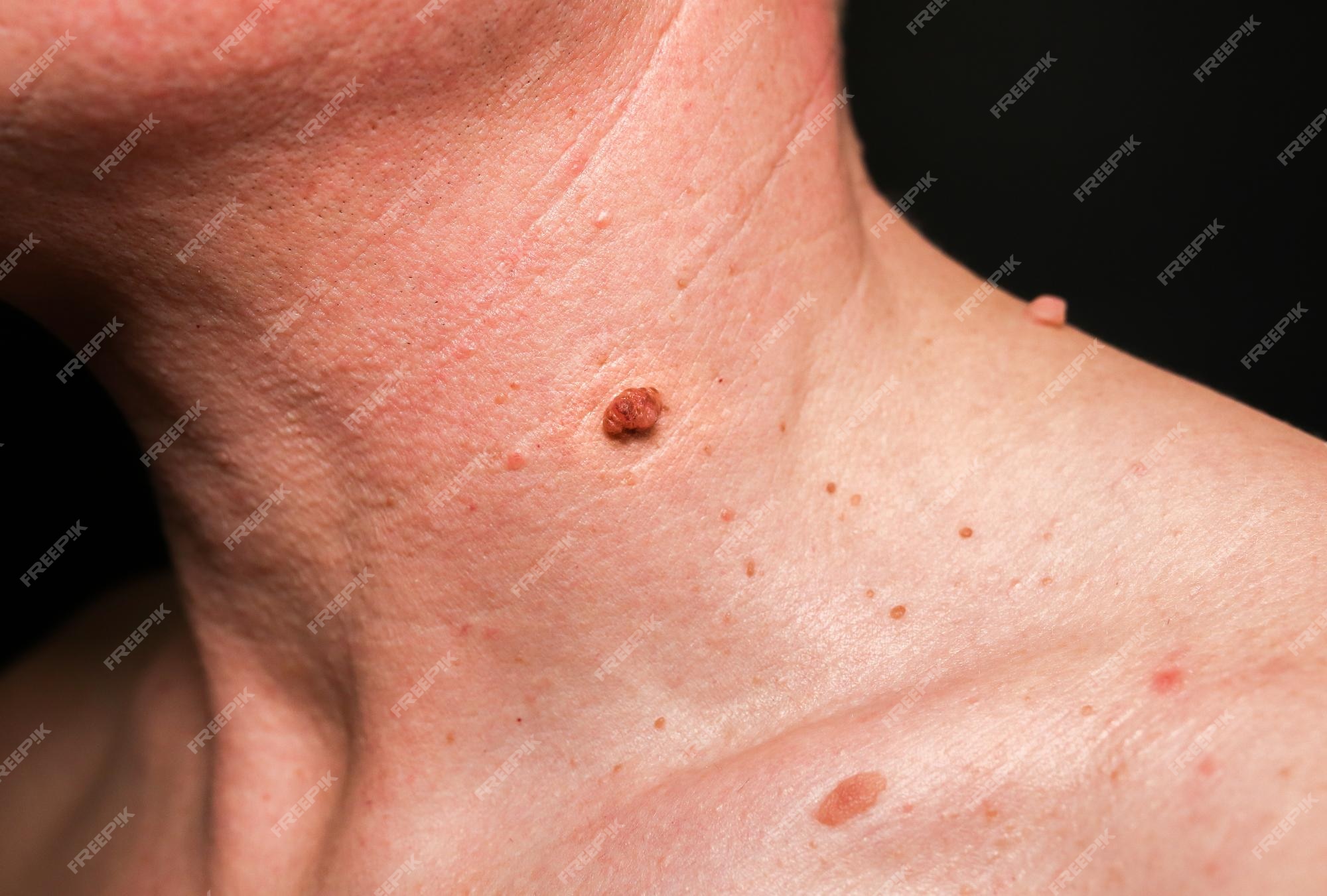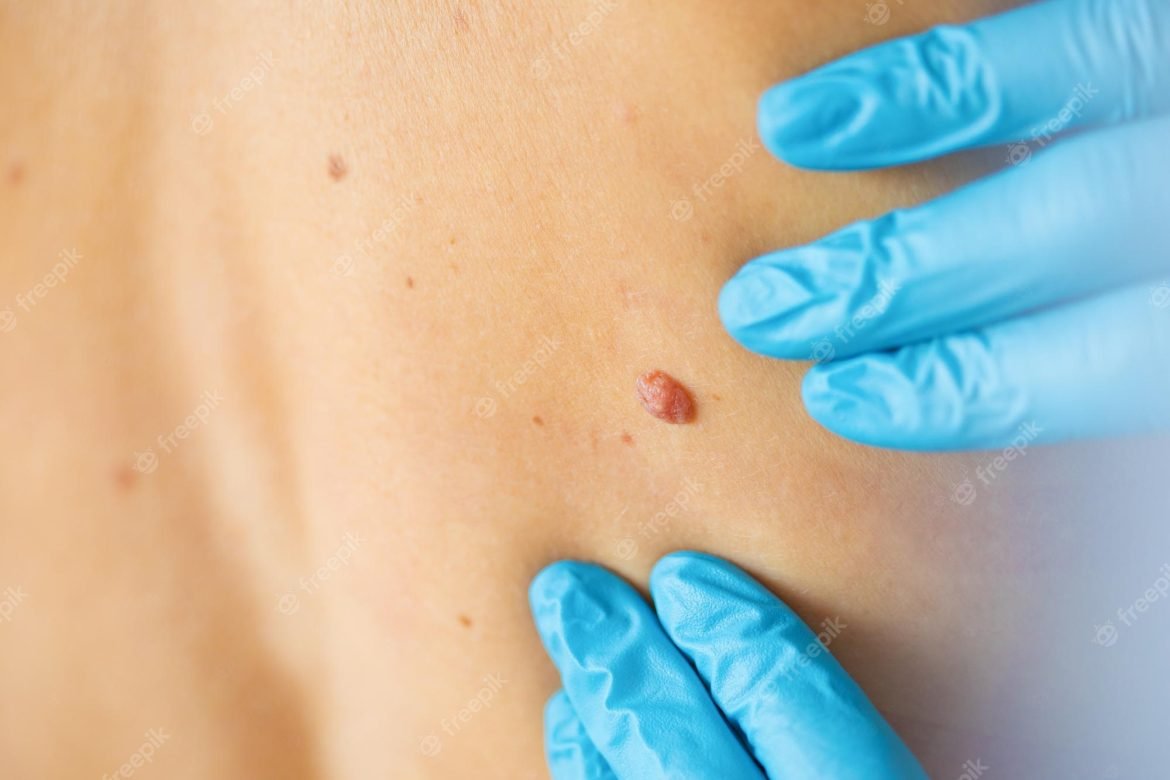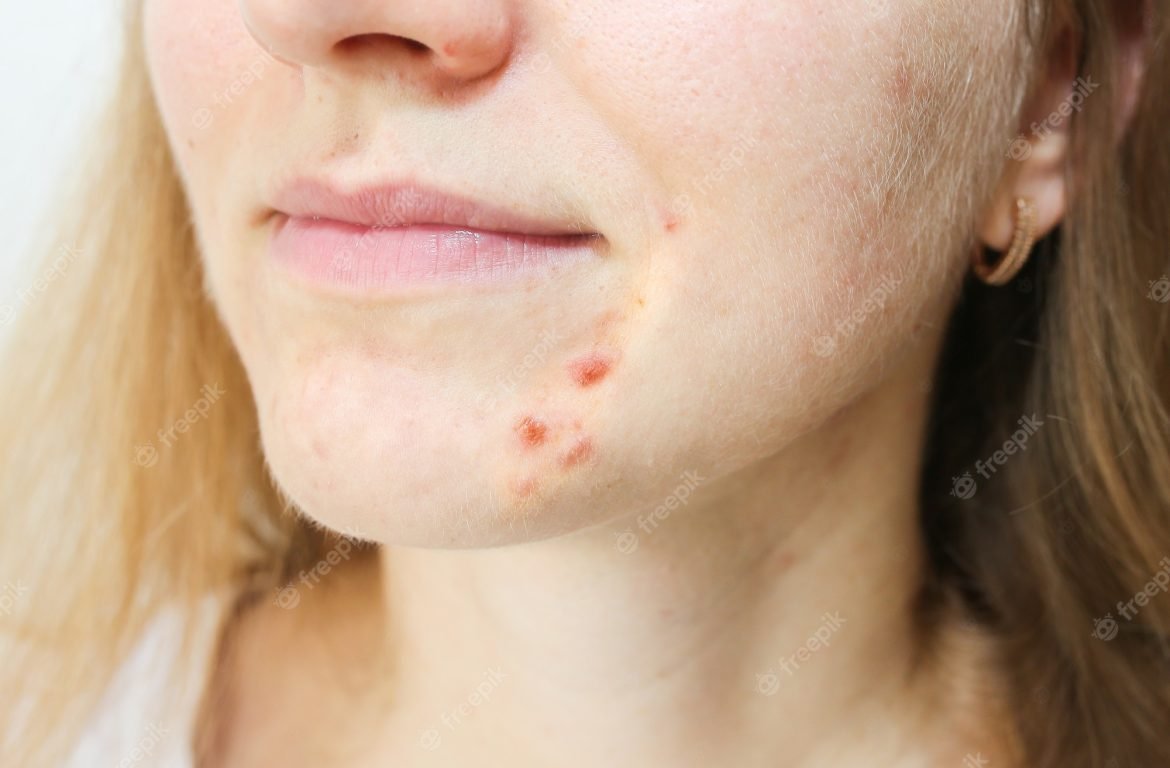
Introduction
Birthmarks have fascinated humanity for centuries. These distinctive markings, present at birth or appearing shortly after, have sparked curiosity and intrigue throughout history. Birthmarks come in various shapes, sizes, and colors, ranging from tiny specks to large, intricate patterns. While some birthmarks fade over time, others remain a lifelong feature. Despite their prevalence, the exact cause and significance of birthmarks remain a mystery. In this article, we delve into the enigma of birthmarks and explore the various theories surrounding their origin.
What are Birthmarks?
Before we dive into the mysteries surrounding birthmarks, let’s understand what they are. Birthmarks are skin irregularities that are present at birth or develop shortly afterward. They manifest as discolored patches, spots, or patterns on the skin’s surface. Birthmarks can be classified into two main types: pigmented birthmarks and vascular birthmarks.
Pigmented Birthmarks
Pigmented birthmarks, as the name suggests, are caused by an abnormal clustering of pigmented cells in the skin. These birthmarks are often brown, black, or bluish-gray in color. They include:
a. Café-au-Lait Spots: These are smooth, light brown birthmarks that may appear on any part of the body. Café-au-lait spots are usually harmless, but multiple spots may be indicative of certain genetic conditions.
b. Mongolian Spots: Common in people with darker skin tones, Mongolian spots are bluish-gray birthmarks often found on the lower back or buttocks. They are harmless and tend to fade over time.
c. Congenital Melanocytic Nevi: These are larger, dark brown birthmarks that vary in size and shape. They can be present at birth or appear shortly afterward.
Vascular Birthmarks
Vascular birthmarks, on the other hand, result from abnormal blood vessels near the skin’s surface. They can be red, pink, or purple and are usually raised or bumpy. Some common types of vascular birthmarks include:
a. Salmon Patches (Angel’s Kiss): Salmon patches are flat, pink or red birthmarks that often appear on the eyelids, forehead, or back of the neck. They usually fade within a few years.
b. Strawberry Hemangiomas: Strawberry hemangiomas are bright red, raised birthmarks that can grow rapidly in the first few months of life. Most strawberry hemangiomas shrink and disappear by themselves over time.
c. Port-Wine Stains: Port-wine stains are flat, pink, red, or purple birthmarks that do not fade. They are caused by abnormal blood vessels and can vary in size.
Theories about Birthmark Origins
The exact cause of birthmarks is still not fully understood, but several theories have emerged to explain their origin. Let’s explore some of these theories:
a. Vascular Malformations: One theory suggests that birthmarks, particularly vascular birthmarks, result from abnormalities in the development of blood vessels during fetal development. This theory explains the presence of vascular birthmarks caused by excessive or insufficient blood flow.
b. Genetic Factors: Some birthmarks, such as café-au-lait spots, may be associated with genetic conditions. Certain gene mutations or alterations could influence the development of pigmented birthmarks.
c. Maternal Influences: Another theory proposes that birthmarks could be influenced by external factors during pregnancy. Maternal exposure to certain substances or infections might impact fetal development and contribute to the formation of birthmarks.
d. Reincarnation and Karma: In some cultures and belief systems, birthmarks are associated with past lives and karma. It is believed that birthmarks can be remnants of injuries or wounds from previous incarnations.
M edical Concerns and Treatment
In most cases, birthmarks are harmless and do not require treatment. However, some birthmarks may cause medical concerns or psychological distress. Large or disfiguring birthmarks, such as port-wine stains, may require medical intervention. Various treatment options, including laser therapy, surgery, or medication, can be considered to manage or remove birthmarks, depending on their type and location.
Conclusion
Birthmarks continue to be a fascinating topic, shrouded in mystery and speculation. While scientific research has shed light on the different types and classifications of birthmarks, their precise cause and significance remain elusive. As we strive to unravel the enigma of birthmarks, it’s important to embrace the diversity they bring to our lives and respect the uniqueness of each individual’s skin markings.

